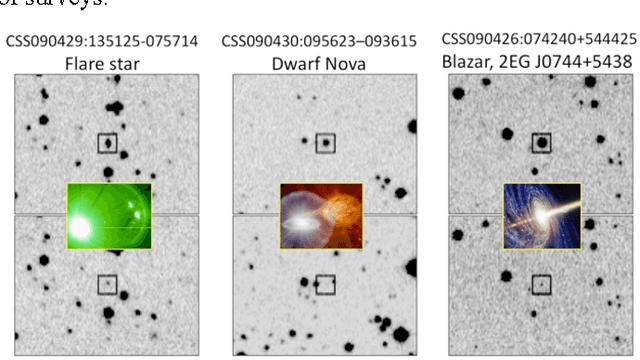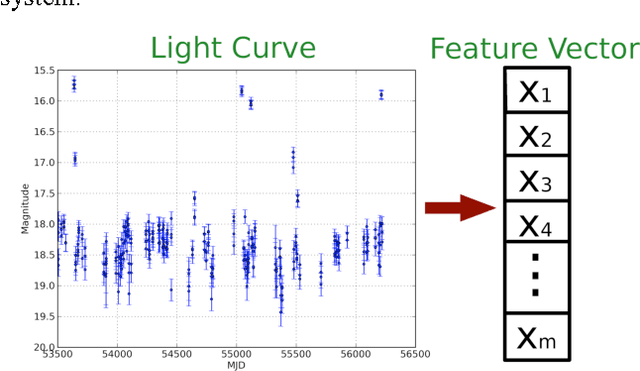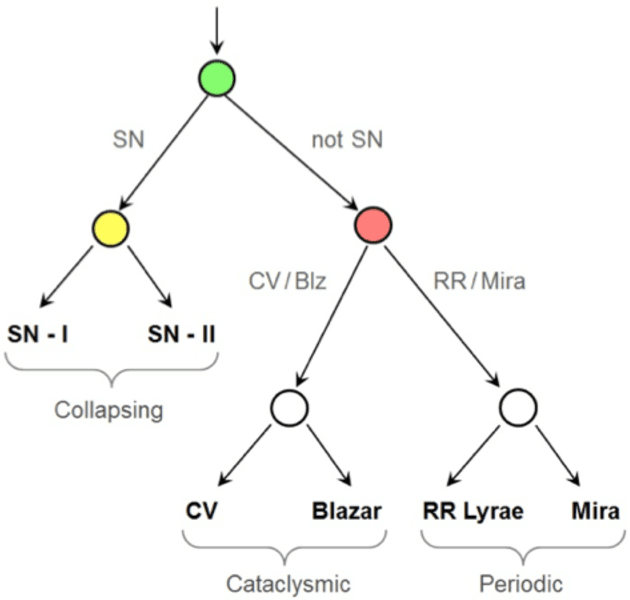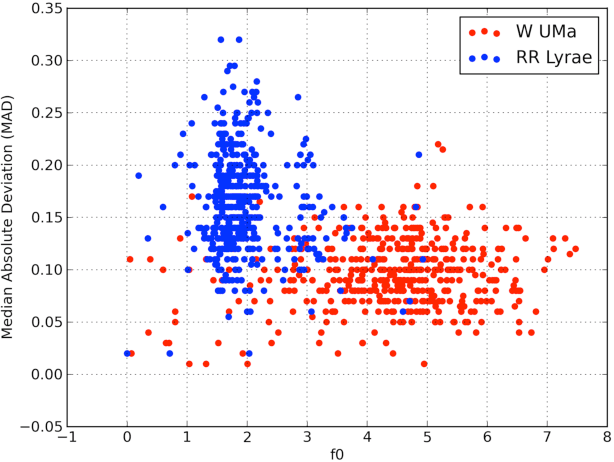S. G. Djorgovski
Applications of AI in Astronomy
Dec 03, 2022Abstract:We provide a brief, and inevitably incomplete overview of the use of Machine Learning (ML) and other AI methods in astronomy, astrophysics, and cosmology. Astronomy entered the big data era with the first digital sky surveys in the early 1990s and the resulting Terascale data sets, which required automating of many data processing and analysis tasks, for example the star-galaxy separation, with billions of feature vectors in hundreds of dimensions. The exponential data growth continued, with the rise of synoptic sky surveys and the Time Domain Astronomy, with the resulting Petascale data streams and the need for a real-time processing, classification, and decision making. A broad variety of classification and clustering methods have been applied for these tasks, and this remains a very active area of research. Over the past decade we have seen an exponential growth of the astronomical literature involving a variety of ML/AI applications of an ever increasing complexity and sophistication. ML and AI are now a standard part of the astronomical toolkit. As the data complexity continues to increase, we anticipate further advances leading towards a collaborative human-AI discovery.
Feature Selection Strategies for Classifying High Dimensional Astronomical Data Sets
Oct 08, 2013



Abstract:The amount of collected data in many scientific fields is increasing, all of them requiring a common task: extract knowledge from massive, multi parametric data sets, as rapidly and efficiently possible. This is especially true in astronomy where synoptic sky surveys are enabling new research frontiers in the time domain astronomy and posing several new object classification challenges in multi dimensional spaces; given the high number of parameters available for each object, feature selection is quickly becoming a crucial task in analyzing astronomical data sets. Using data sets extracted from the ongoing Catalina Real-Time Transient Surveys (CRTS) and the Kepler Mission we illustrate a variety of feature selection strategies used to identify the subsets that give the most information and the results achieved applying these techniques to three major astronomical problems.
 Add to Chrome
Add to Chrome Add to Firefox
Add to Firefox Add to Edge
Add to Edge